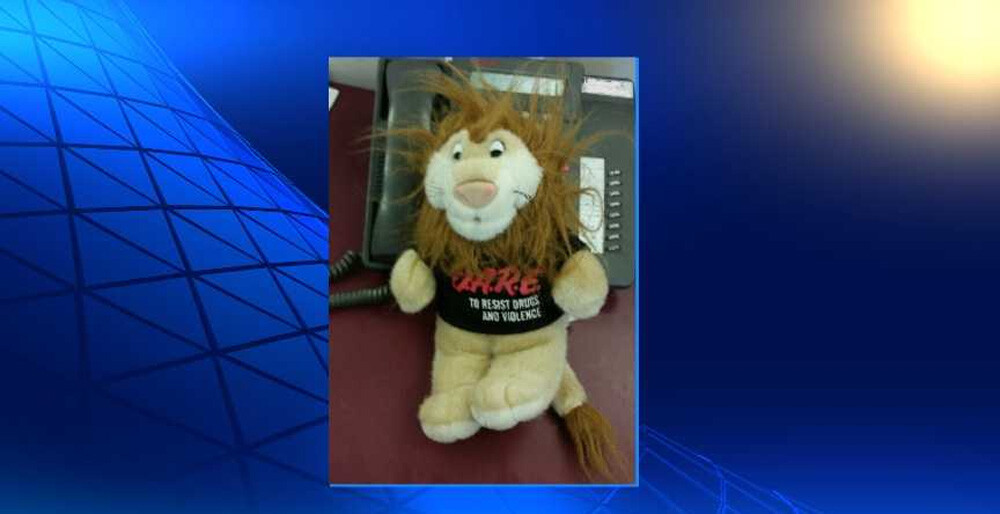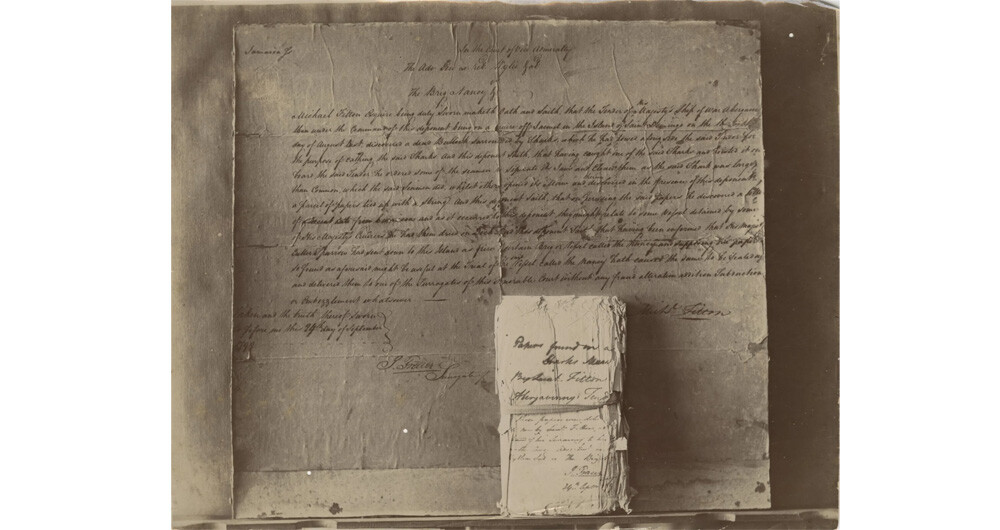5 Places You Definitely Don’t Want to Hide Your Smuggled Goods

For many criminals, smuggling is a simple matter of navigating their ship away from traditional spaceports and landing directly in the desert. For those of us without access to spacecraft, however, we’re stuck heading to border crossings and hoping the guards don’t know about our secret compartments.
Take care. Those compartments may not be so secret at all. The very first place the guards will look is...
A Fake Penis
Some of you jumped into this article, quickly skimming till you reached the story about someone smuggling stuff in their butt. We haven’t included any story like that; those aren’t notable. Don’t worry, we’ll get back to covering butt stuff next week at latest. Instead, we have someone smuggling stuff in their penis.
Don't Miss
It was an artificial penis, and the smuggler made the mistake of traveling to a country that has a specific single word for fake penises: Belgium. There, they call this a kunstpenis. When a British man arrived in Brussels Airport from Jamaica, he set off their cocaine alarms, and the Beligian guards nudged each other, saying, “Let’s see if he has cocaine in his kunstpenis.” A hospital determined the man did, one that contained 127 grams of cocaine he was carrying for personal use.

The prosecutor recommended a sentence of three years. This happened in February 2020, and the following month, airports shut down worldwide, to allow all customs officials to better implement protocols for checking for kunstpenises.
Live Puppies
Good news! For this next story, we have some photos of adorable puppies.

We also have bad news: Each of them has a pound of heroin in them. The DEA discovered these puppies in 2005 as part of an international investigation into a Colombian drug ring. Smugglers had cut each of the dogs open, inserted a bag of liquid heroin into their stomachs and then sewed them back together. The puppies were bound for the United States, where they would presumably breeze past customs. If a drug sniffing dog barked at them, officials would assume he was just saying hello.
Once they reached their destinations, members of the ring would have cut the pups open to retrieve the drugs, and stitching them back up and treating them medically would have been considered wastes of time. They had no room for patience — or patients. The DEA, however, were able to save the dogs — or at least some of them. They had doctors operate on six pups to extract the heroin. Three survived; three others did not.

The drug ring had used a veterinary student to operate on the dogs. This guy, Andres Lopez Elorez, went on the run, and it took another decade for authorities to arrest him in Spain and a further four years to sentence him. “Every dog has its day,” said the U.S. attorney who announced the sentencing, showing a questionable understanding of what that saying means.
A D.A.R.E. Lion
D.A.R.E. is a program for teaching kids to say no to drugs. It does not work. If anything, it appears to lead to increased drug use. It seems telling kids all drugs are bad merely convinces them all drugs are equally bad. Later, they realize some mild drugs are fine, they conclude all drugs are fine and they embrace everything. One conspiracy theory says everyone knows D.A.R.E. is useless, and the only reason police push for it is to get an officer in the classroom so kids see cops as friends.
In 2014, police at a Greyhound Bus Station in Plattsburgh, New York, spotted a 22-year-old guy with a plush lion wearing a D.A.R.E. T-shirt. The lion was wearing the shirt, not the man, but either one sounds suspicious. No honest person walks around with D.A.R.E. gear.

Inside the stuffed lion, police found weed, cocaine and LSD. They arrested bus passenger Greg on three counts. They also publicized the story, even though it painted their D.A.R.E. program so poorly, because that’s how much the whole thing amused them.
Turtle Cereal
Animals are not merely vectors for smuggling drugs. They are also contraband that themselves get smuggled. We have near-constant examples of people trying to smuggle turtles, in contravention of turtle law. The really notable cases are the ones where someone smuggles a large number of turtles.
Consider one case from 2014, where authorities at the Detroit Airport caught a Canadian man carrying more than a thousand turtles. He hid the animals in cereal boxes and inside snow boots. Authorities sent the turtles to the Detroit Zoo, where they took over, leading to the revitalization of the Detroit economy we’ve all seen during the past decade.
A pair of Malaysian smugglers in 2019 surpassed that, when they were caught with over a thousand turtles each. And then there was the Oxnard man caught last year with this:
He smuggled 1,700 reptiles over the course of six months, a combination of turtles and also crocodiles, lizards and more. His method, which worked the first 35 times he tried it: He just put the animals in his pants. We guess customs guys kept asking him, “Do you have anything in your pants,” and he kept answering, “Well, do you want to see my snake?” They let him through, until one guard did if fact decide they wanted to see his snake.
A Shark in the Ocean
The strangest smuggling case we ever heard happened a couple hundred years before any of these other stories. This was the tale of an American ship called the Nancy, which set sail in 1799 from Baltimore carrying German goods. It headed for a patch of the Caribbean, where it had no legal right to sail. A British ship stopped it and yanked the crew off, but the crew said they weren’t an American ship at all. The ship was Dutch, so all was well.
While these Americans awaited trial in Jamaica to determine if this was true, a third ship spotted something in the shallow water: a dead bull. There’s good eating on a dead bull, so they tried to snap it up and in the process found themselves in an easy position to spear a shark that also targeted that bull. They sliced open this shark and — we understand this story might sound like a whole lot of bull to you — they found a bundle of papers that the fish had swallowed, papers that some other ship must have tossed overboard.

At the Nancy trial, the prosecutor asked the Nancy’s Captain Briggs if he had thrown any documents overboard, to hide that the ship was American and therefore smuggling. No, said Briggs. The prosecutor then presented the papers, which had been dried and were now legible, supporting the charges against the men. As Briggs was led out of the courtroom, he said, “Pretty considerably damned and con-damned, and all by a bloody shark fish. If this isn’t by God the most active and unnatural piece of cruelty, may I be physicked all my natural days with hot oil and fish hooks!”
Those papers, preserved, are now on display in a Jamaican museum. The shark’s head was also preserved and went to the British Museum, just to remind us all there are bigger criminals out there than smugglers.
Follow Ryan Menezes on Twitter for more stuff no one should see.